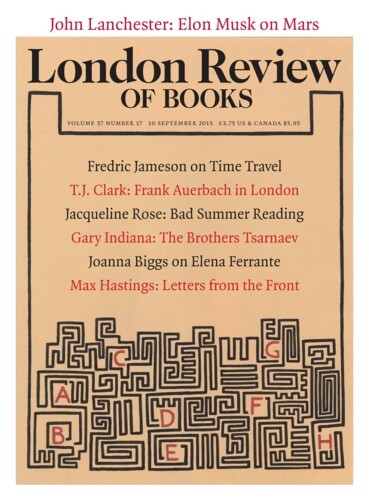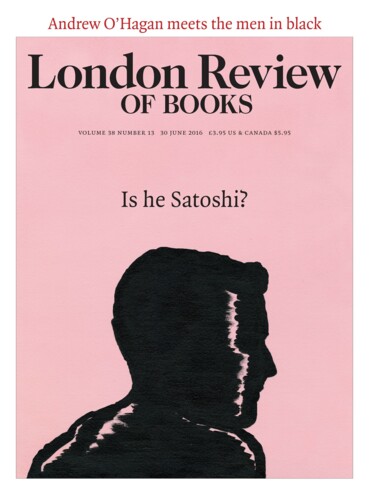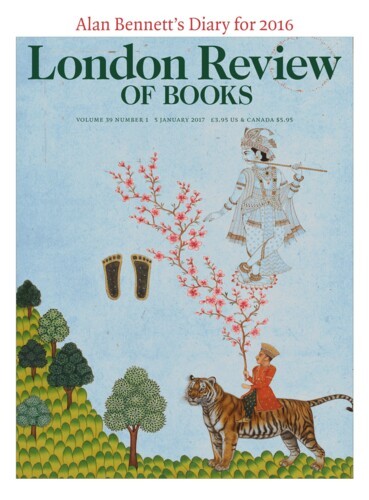The seven-year trial of Warren Hastings for high crimes and misdemeanours while governor-general of Bengal began in 1788. 'There have been spectacles more dazzling to the eye,' Macaulay wrote in 1841, more gorgeous with jewellery and cloth of gold, more attractive to grown-up children, than that which was then exhibited at Westminster; but, perhaps, there never was a spectacle so well calculated to strike a highly cultivated, a reflecting, and imaginative mind...
Esther Chadwick
Esther Chadwick teaches art history at the Courtauld Institute.
At the Courtauld: Jonathan Richardson
Esther Chadwick, 10 September 2015
‘I wake early, think; dress me, think; walk, think; come back to my chamber, think; and as I allow no thoughts unworthy to be written, I write.’ There is a clock-like rhythm to this description of a daily routine, written by a man obsessed with time. Jonathan Richardson (1667-1745), the son of a London silk weaver, rose to prominence in the early decades of the 18th...
At MoMA: Edgar Degas
Esther Chadwick, 30 June 2016
Prints are defined by their reproducibility, but the monotype is self-destructive, its printable design effaced after one or two passes through a press. Since the printmaker neither etches nor engraves into the plate, but merely draws or paints directly onto its surface, the transfer of ink from plate to paper can only truly be made once (as the ‘mono’ in monotype suggests)....
At the V&A: Opus Anglicanum
Esther Chadwick, 5 January 2017
‘English Work’, opus anglicanum, was a luxurious kind of embroidery made in England in the 13th and 14th centuries, used to decorate ecclesiastical vestments – copes, chasubles, dalmatics – as well as banners, book bags, seal covers, cushions and other objects. Fabric grounds of linen, wool and silk were covered in figural scenes and rhythmic or sinuous ornament...
A perfect farm animal, according to the 18th-century agronomist Robert Bakewell, would be shaped like a hogshead cask, ‘truly circular, with as small and as short legs as possible’. Bakewell’s ideal was founded ‘upon the plain principle that the value lies in the barrel’. There was no need for long limbs or lean necks: ‘all is useless that is not beef.’ This applied not only to cattle, but to pigs and sheep too, which after 1750 came to be reared as ‘production line animals’.
Read anywhere with the London Review of Books app, available now from the App Store for Apple devices, Google Play for Android devices and Amazon for your Kindle Fire.
Sign up to our newsletter
For highlights from the latest issue, our archive and the blog, as well as news, events and exclusive promotions.




